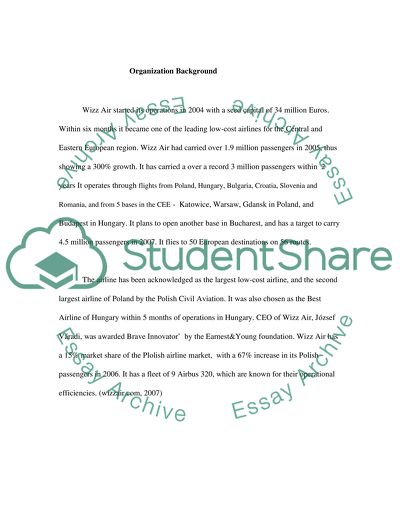Cite this document
(The Largest Low Cost Airline of CEE Article Example | Topics and Well Written Essays - 2500 words, n.d.)
The Largest Low Cost Airline of CEE Article Example | Topics and Well Written Essays - 2500 words. Retrieved from https://studentshare.org/marketing/1539977-write-a-detailed-marketing-strategy-for-wizzair-low-cost-airline
The Largest Low Cost Airline of CEE Article Example | Topics and Well Written Essays - 2500 words. Retrieved from https://studentshare.org/marketing/1539977-write-a-detailed-marketing-strategy-for-wizzair-low-cost-airline
(The Largest Low Cost Airline of CEE Article Example | Topics and Well Written Essays - 2500 Words)
The Largest Low Cost Airline of CEE Article Example | Topics and Well Written Essays - 2500 Words. https://studentshare.org/marketing/1539977-write-a-detailed-marketing-strategy-for-wizzair-low-cost-airline.
The Largest Low Cost Airline of CEE Article Example | Topics and Well Written Essays - 2500 Words. https://studentshare.org/marketing/1539977-write-a-detailed-marketing-strategy-for-wizzair-low-cost-airline.
“The Largest Low Cost Airline of CEE Article Example | Topics and Well Written Essays - 2500 Words”, n.d. https://studentshare.org/marketing/1539977-write-a-detailed-marketing-strategy-for-wizzair-low-cost-airline.


